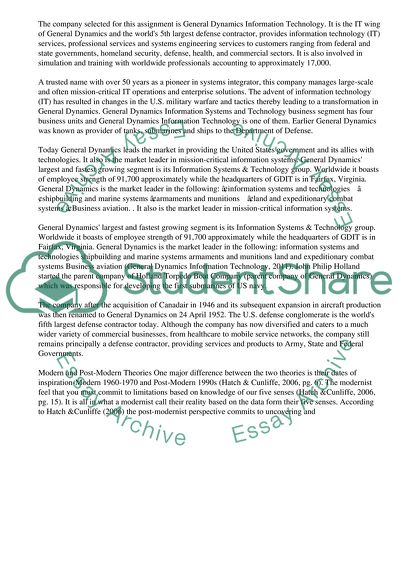Cite this document
(“Modern and Post-Modern Views of a Great Company Research Paper”, n.d.)
Retrieved de https://studentshare.org/management/1390143-modern-and-post-modern-views-of-a-great-company
Retrieved de https://studentshare.org/management/1390143-modern-and-post-modern-views-of-a-great-company
(Modern and Post-Modern Views of a Great Company Research Paper)
https://studentshare.org/management/1390143-modern-and-post-modern-views-of-a-great-company.
https://studentshare.org/management/1390143-modern-and-post-modern-views-of-a-great-company.
“Modern and Post-Modern Views of a Great Company Research Paper”, n.d. https://studentshare.org/management/1390143-modern-and-post-modern-views-of-a-great-company.


